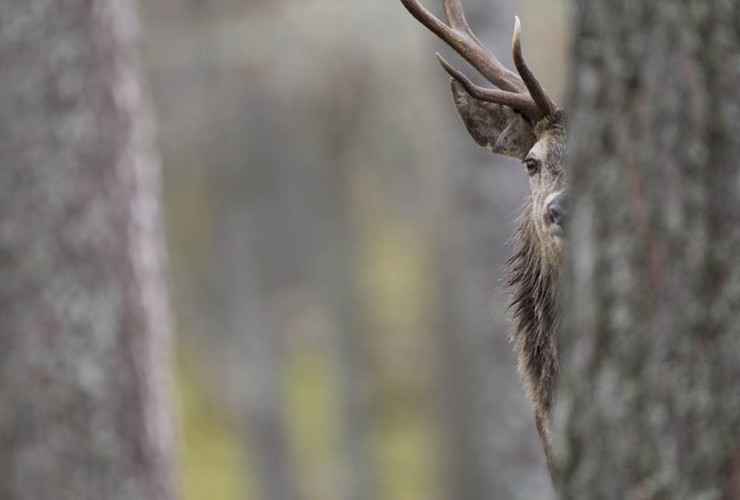Field Notes: Grounds for hope
Findings of UN report on Earth’s biodiversity crisis make Head of Land Management Mike Daniels reflect on what's happening in Scotland
 I was saddened but not shocked by the findings of the UN's Intergovernmental Science-Policy Platform on Biodiversity and Ecosystem Services (IPBES) report that was released in early May.
I was saddened but not shocked by the findings of the UN's Intergovernmental Science-Policy Platform on Biodiversity and Ecosystem Services (IPBES) report that was released in early May.
Its findings echo ‘The State of Nature 2016 Scotland’ report that we and other environmental charities in Scotland contributed to. This highlighted the dramatic and depressing decline of biodiversity in Scotland: ie since 1970 54 per cent of plants, 44 per cent of birds and 39 per cent of butterfly species in Scotland have declined.
Heavily deforested
As a wild land charity, the John Muir Trust is particularly concerned about declines in the uplands. The 2016 report stated: ‘Historic and ongoing land management practices across large areas of the Scottish Highlands, including grazing, burning, drainage and predator control, have had an impact on wildlife. Intensification on some sporting estates where managers aim to maximise numbers of quarry animals, such as game birds and deer has occurred at the expense of the mosaic of wildlife-rich habitats. Once largely forested, Scotland is now one of the most heavily deforested countries in Europe. Compounding this, grazing by high densities of deer and sheep reduces the quality of the native woodland that remains, and its ability to support the species and communities reliant on it.’
Rewilding hope
In recent years, management on land owned by the government, environmental charities, communities and enlightened private landowners has begun to redress this damage through exciting rewilding projects aimed at regenerating and restoring native woodland and encouraging natural regeneration.
Examples such as Creag Meagaidh National Nature Reserve near Loch Laggan, Carrifran Wildwood in the Scottish Borders, Mar Lodge in Deeside, Cairngorms Connect in Speyside and the Heart of Scotland Forest Partnership in Perthshire – of which the John Muir Trust is a partner – all demonstrate that ecological restoration of native woodlands is possible and can bring real benefits to local people and rural economies as well as reversing biodiversity loss.
At the same time as helping to halt biodiversity loss, large scale ecological restoration also offers the potential to reduce the impacts of climate change through ‘natural climate solutions’. Expanding native woodlands lock up carbon and slow down water movement reducing flooding – a win win.
Don’t fence me in
One of the key challenges in restoring native woodlands, unique to Scotland, are the unnaturally high numbers of deer. Due to the Victorian tradition of stag shooting, many private estates maintain deer numbers ten to hundred times higher than are found across the rest of Europe. This means it is almost impossible to grow trees in Scotland without putting them behind six foot high deer fences. As well as creating unnatural barriers, this adds massively to the costs of woodland restoration in Scotland.
The John Muir Trust hopes that the Scottish Government’s newly launched forest strategy, and independent reviews of deer management reporting later this year, will provide an opportunity to address this long running issue. Making it a legal requirement for landowners to manage deer at sustainable levels would have an instant and widespread positive effect on natural regeneration and woodland restoration across the country.
There are grounds for hope
Recent events highlight that the next generation is not willing to accept the normalising of an increasingly impoverished planet.
Through initiatives, including our own John Muir Award, many young people are engaged in driving change, especially with regard to climate change and biodiversity loss, through actively participating in conservation work. For example, last year just under 20,000 people carried out almost 30,000 days of conservation activity as part of their John Muir Award in Scotland.
We need to support this generation and invest more time, money and energy to inspire people from all backgrounds to make nature an everyday part of life.
Find out more about the UN's IPBES report.

